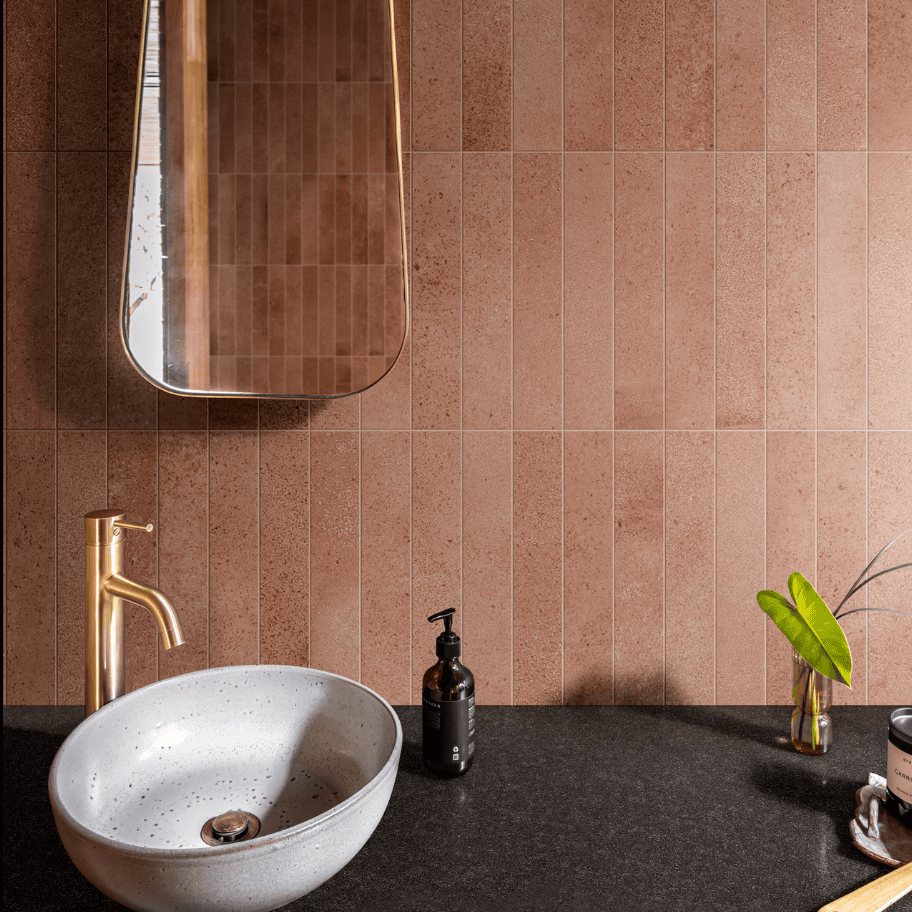When it comes to selecting the perfect tiles for your home or business, the choice between porcelain and ceramic can be a crucial decision. Both materials are popular choices for flooring, but they have distinct characteristics that can impact their suitability for different spaces. In this article, we'll explore the differences between porcelain and ceramic tiles to help you make an informed decision on which one is the right fit for your needs.
Composition and Manufacturing
The primary difference between porcelain and ceramic tiles lies in their composition and manufacturing processes. Porcelain tiles are made from a finer and more refined clay, which is fired at higher temperatures. This results in a denser and less porous tile compared to ceramics, making porcelain more resistant to water absorption and tougher in terms of durability.
Ceramic tiles, on the other hand, are typically made from a mixture of red, brown, and white clays. They are fired at lower temperatures, which can lead to a more porous and less dense tile compared to porcelain. This difference in composition affects various aspects of the tiles, including their strength and water resistance. The benefits of using ceramic tiles is that they are more economical choice and are easier to cut for DIY projects.
Durability
Porcelain tiles are known for their exceptional durability. The higher firing temperatures and denser composition make them harder and less prone to chipping and cracking. This makes porcelain an excellent choice for high-traffic areas such as kitchens, hallways, and commercial spaces where wear and tear are significant considerations.
Ceramic tiles are durable as well, but they may not be as resilient as porcelain. While suitable for many applications, ceramic tiles may be more prone to chips and cracks in areas with heavy foot traffic or if heavy objects are dropped on them. This is why most ceramic tiles are recommended for walls only.
Water Absorption
One of the critical factors to consider when choosing between porcelain and ceramic tiles is their water absorption rate. Porcelain tiles have a lower water absorption rate, typically less than 0.5%, making them highly resistant to moisture. This quality makes porcelain an ideal choice for bathrooms, kitchens, and outdoor applications where water exposure is a concern.
Ceramic tiles, while still water-resistant, have a higher water absorption rate than porcelain. This makes them suitable for indoor use but may not be the best choice for areas with high humidity or direct water exposure.
Design Options
Both porcelain and ceramic tiles offer a wide range of design options, including various colors, patterns, and textures. Advances in manufacturing technology have allowed both types of tiles to mimic the look of natural stone, wood, and other materials. The choice between porcelain and ceramic in terms of design often comes down to personal preference and the specific aesthetic you want to achieve in your space as well as the budget.
The decision between porcelain and ceramic tiles depends on your specific needs and the intended use of the space. Porcelain tiles are generally recommended for areas with high moisture exposure and heavy foot traffic, thanks to their superior durability and water resistance. On the other hand, ceramic tiles are a cost-effective and attractive option for spaces with less demanding conditions.
Consider the unique characteristics of each type of tile and assess your priorities regarding durability, water resistance, and design preferences to make an informed decision that suits your lifestyle and the requirements of your space. Whether you choose porcelain or ceramic, both options offer versatile and stylish solutions for your flooring needs, depending on your budget.
Porcelain or Ceramic Tiles?




